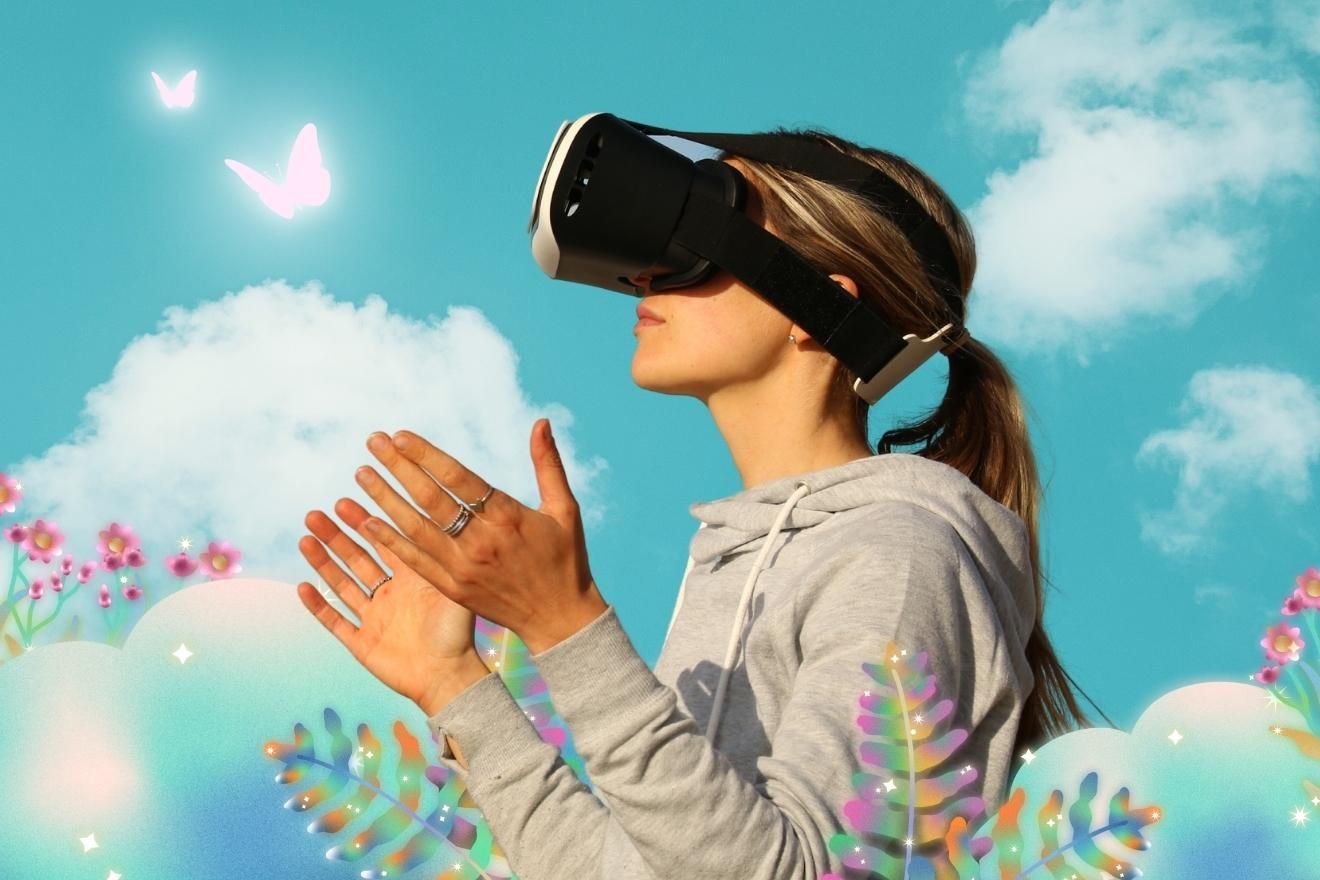As the world moves further into 2025, the mental health industry is experiencing robust growth driven by increasing societal awareness, technological advances, and shifting workplace expectations. In this evolving landscape, several business models are thriving, addressing unique population needs and leveraging new modalities. This article explores the sectors at the forefront, offering data-driven insight, case studies, and real-world examples for a comprehensive understanding of where demand and innovation are converging.
1. Virtual Therapy Platforms
Teletherapy was already trending before 2020, but demand has accelerated at a historic rate. In 2025, platforms offering video, phone, and asynchronous messaging therapy have not only become mainstream but also diversified their offerings. According to the American Telemedicine Association, the market for virtual mental health services is projected to surpass $35 billion by the end of 2025.
For instance, firms such as Talkspace and BetterHelp have observed a 45% annual growth in their user numbers. Emerging competitors distinguish themselves by offering AI-powered therapy matching, diverse language therapist networks, and subscription plans designed for both personal use and corporate well-being initiatives.
2. Digital Mental Health Apps and AI Chatbots
Mental health services delivered via applications are experiencing rapid growth, addressing concerns such as anxiety, depression, sleep disturbances, and general resilience. These applications integrate cognitive behavioral therapy components, guided meditation, mood monitoring, and AI-driven chatbots to deliver tailored support.
Data from Sensor Tower indicates that downloads of mental wellness apps increased by nearly 60% over the past year, with apps such as Headspace, Calm, and Woebot leading the market. What sets 2025 apart is the integration of large language models, delivering context-aware support and crisis intervention. Clinical validation is now more prevalent; for example, Wysa received FDA Breakthrough Device Designation for its AI chatbot assisting depression management.
3. Corporate Mental Health and Employee Assistance Programs (EAPs)
The “great resignation” and continuous changes in the workplace have led organizations to actively put resources into the welfare of their staff. The companies experiencing the most rapid growth by 2025 are those that offer extensive EAPs, therapy on demand, and programs for mental resilience. As per Deloitte’s 2024 Global Human Capital Trends report, businesses that dedicated a minimum of 2% of their HR expenditure to mental health observed a 31% increase in employee retention and a 26% rise in productivity.
Companies like Lyra Health, Modern Health, and Spring Health have broadened their offerings beyond just therapy referrals to include on-site counseling, leadership development programs, online support communities, and seamless integration with health insurance plans. These services are now viewed as essential recruitment instruments across various sectors.
4. Mental Health Services Focused on Adolescents and Youth
The youth mental health crisis has driven a need for services specifically designed for adolescents and young adults. New companies are creating platforms that integrate peer assistance, family guidance, and collaborations with educational institutions. Investment from venture capitalists in this specialized area has increased threefold since 2022, indicating society’s recognition of how crucial early intervention is.
A notable instance is the emergence of technology-driven entities such as Daybreak Health, which collaborates with school districts to provide online counseling, parent seminars, and mental health assessment instruments. Similarly, platforms like TeenCounseling have experienced a significant increase in subscription numbers from families looking for specialized support for teenagers.
5. Clinics Offering Psychedelic-Assisted Therapy
Breakthroughs in mental health treatments using psychedelics, such as ketamine, psilocybin, and MDMA, have catalyzed a new niche in mental health business. The regulatory landscape has evolved, with several jurisdictions relaxing restrictions and issuing treatment licenses. Investment bank Canaccord Genuity estimates a $7 billion market by 2027 for clinic-based psychedelic therapy.
Operator examples include Field Trip Health, MAPS Public Benefit Corp, and Nushama, which offer carefully monitored, legal psychedelic therapy for depression, PTSD, and end-of-life anxiety. Many clinics combine traditional psychotherapy with controlled psychedelic administration, reporting substantial symptom reduction in patients for whom standard treatments were ineffective.
6. Virtual Reality (VR) and Immersive Therapeutic Solutions
The integration of VR technologies in exposure therapy, relaxation training, and social anxiety interventions is gaining momentum. VR platforms simulate personalized, controlled environments, from public speaking venues to flying, enabling therapists to conduct targeted desensitization from anywhere in the world.
2025 has seen companies like Limbix, Oxford VR, and XRHealth expand into hospital partnerships and home-based rentals. Research published in JMIR Mental Health found VR-aided anxiety intervention can reduce symptoms by up to 40%, making it a compelling addition to traditional therapy.
7. Specialized Counseling and Culturally Sensitive Support
As population diversity grows, businesses providing culturally responsive mental health care are thriving. Platforms like Therapy for Black Girls, Latinx Therapy, and Pride Counseling focus on serving specific communities, ensuring clients find therapists who understand their cultural context and unique needs.
The need for these types of services has seen a twofold increase over the past three years, as evidenced by client surveys showing enhanced engagement, greater compliance with treatment, and more favorable results. Furthermore, these platforms dedicate resources to educational initiatives, online seminars, and customized collections of materials, thereby cultivating comprehensive mental health environments.
8. Immediate Crisis Response and Peer Assistance Systems
Crisis support no longer relies solely on traditional hotlines. Businesses now leverage real-time chat, video support, and peer network platforms to deliver rapid intervention for those in distress. Innovations include anonymous group rooms and in-app safety planning.
Organizations such as Crisis Text Line and 7 Cups employ volunteers who are trained and supervised by mental health professionals to engage with thousands of individuals each night. Their scope has been broadened through collaborations with public bodies and incorporation into wider wellness applications, providing prompt support and lowering obstacles to obtaining urgent mental health services.
9. Virtual Psychiatric Medication Management and Prescribing Services
Telepsychiatry services, which provide digital assessment, diagnosis, and continuous medication management, have become widespread, particularly for ailments like ADHD, depression, and anxiety. These companies enhance access to care, resolve local provider deficits, and provide automated systems for refills and follow-ups.
Cerbo, Minded, and Brightside are examples of platforms whose growth was buoyed by regulatory waivers and increased insurer acceptance of remote prescribing. Patient polls reflect high satisfaction due to reduced wait times and the convenience of asynchronous check-ins.
Strategic Adjustments and Sustainable Expansion in 2025
The flourishing mental health business ecosystem in 2025 reflects a deeper understanding of mental health’s multifaceted nature. Success stories unite technology, accessibility, and personalization, while rising businesses are those that balance rapid growth with clinical rigor, ethical safeguards, and measurable impact. Societal conversations continue shifting from stigma and isolation toward holistic well-being, shaped by bold entrepreneurs and collaborative partnerships across healthcare, education, and the workplace. The trajectory indicates that mental health care is now a central pillar of modern life, with innovation and inclusivity setting the pace for the decade ahead.



